
Flex Spaces Save the Day!
COVID-19 in the Spring of 2020 ushered in a new appreciation for flexible living spaces in our homes as we adapted to having our entire families at home all day, every day. Suddenly our children were completing school online, and many of us began working from home. There was increased emphasis on home-based activities, such as crafts and hobbies. And amidst the blessings of more togetherness, a newfound recognition of the importance of “me” space.
Flex rooms became school rooms. While homeschoolers may have already figured this out, many households were thrust into the position of deciding the best places for learning and completing assignments. Often, this wasn’t the kids’ bedrooms, particularly when lessons were assigned, but the “teaching” aspect was unfortunately diminished even though textbooks and online instruction was available. When your kids did not understand something, getting answers on a timely basis was challenging – so they needed your attention. Adequate seating and workspace became primary concerns, along with internet and printer access (ruling out that flex room over the garage that just can’t get a good wireless internet signal), and even windows – we all learn better in sunny environments and daylight improves concentration while reducing eyestrain.
The Burlington (plan #43023) is a value-engineered, affordable two-story home that could accommodate such changes. Common default areas for schoolwork include the dining room table and kitchen island. There is also a flex room (Den) off the front entry, which might be able to double up as a learning center. Upstairs, there is a computer loft plus lots of available space over the garage that could be purposed for schoolwork.
At 6’-8’ x 3’-4” the Burlington’s wrapping island snack bar presents abundant workspace. The Den (flex room) up front provides the privacy and natural light conducive to productivity. Upstairs, the 6’-5” wide Computer Loft makes for another convenient study area.
Burlington – #43023
Main Level
Burlington – #43023
Upper Level
If working from home became your new normal, you quickly realized the importance of location, organization, privacy, and sunlight. You may have been fortunate enough to already have a den, or even a spare bedroom/guest room that you could office out of. Some companies provided employees with money to purchase necessities such as an ergonomic chair and/or workspace furniture to make the transition to working from home more efficient – their importance cannot be overstated. Privacy needs varied as much as the type of work being done, but being able to close a door (remember, solid-core doors block sound transfer better) as well as proximity to commonly used traffic areas and adjoining media rooms gained heightened importance. Windows provide a connection to the outdoors that our biorhythms depend on. Officing out of a basement or interior space without sunlight can adversely affect mood, irritation, and concentration as well as bring on eyestrain and even headaches.
As days stretched into weeks at home, parents scrambled for new ideas that would occupy and entertain their kids – going decidedly old-school. Increased screen time was pretty much a given, but from play dough, to coloring and innumerable other hobbies and crafts, spaces in the home for such pursuits became treasured.
 Rocket men! Our tech-savvy kids of all ages began to experience the joys of new, offline activities. But whether it was jigsaw puzzles or model glue and paint drying, or even some board games, where could such indoor undertakings be left, undisturbed, to complete later? The multi-purpose laundry/activity center in the Aden (plan #42037) provides just such an opportunity and is particularly versatile with its island on casters for easy re-positioning!
Rocket men! Our tech-savvy kids of all ages began to experience the joys of new, offline activities. But whether it was jigsaw puzzles or model glue and paint drying, or even some board games, where could such indoor undertakings be left, undisturbed, to complete later? The multi-purpose laundry/activity center in the Aden (plan #42037) provides just such an opportunity and is particularly versatile with its island on casters for easy re-positioning!
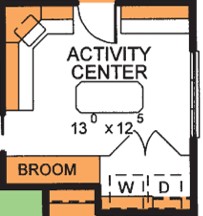
Finally, personal space carved out new meaning as we were introduced to these different realities of family life. While people were designed to live in community, Sherrie Bourg Carter, Psy.D., writes of the benefits of seeking solitude in Psychology Today, “Solitude allows you to reboot your brain and unwind. It’s an opportunity to revitalize your mind and body at the same time.” She goes on to say, “You also may come to appreciate your relationships more after you’ve spent some time alone.”
You might retreat to your bedroom, especially if it is spacious enough to offer a sitting area. Or perhaps you can sneak away to an outside living area.
Where would you go for some alone time? The Carswell (plan #29317) presents a sunny bayed sitting area in the owner’s suite as well as a private rear deck off that bedroom. Or is the sun room more to your liking? Then there is the option of this home’s spacious patio under a cathedral ceiling!
Even with the added demands of responding to the pandemic, everyone needs to have a place they can go to be alone, even if that is just for a few minutes.
For more resources on thoughtful design and products:
- Visit our blog
- Browse our Her Home™ Magazine
- Thoughtful Design Concepts
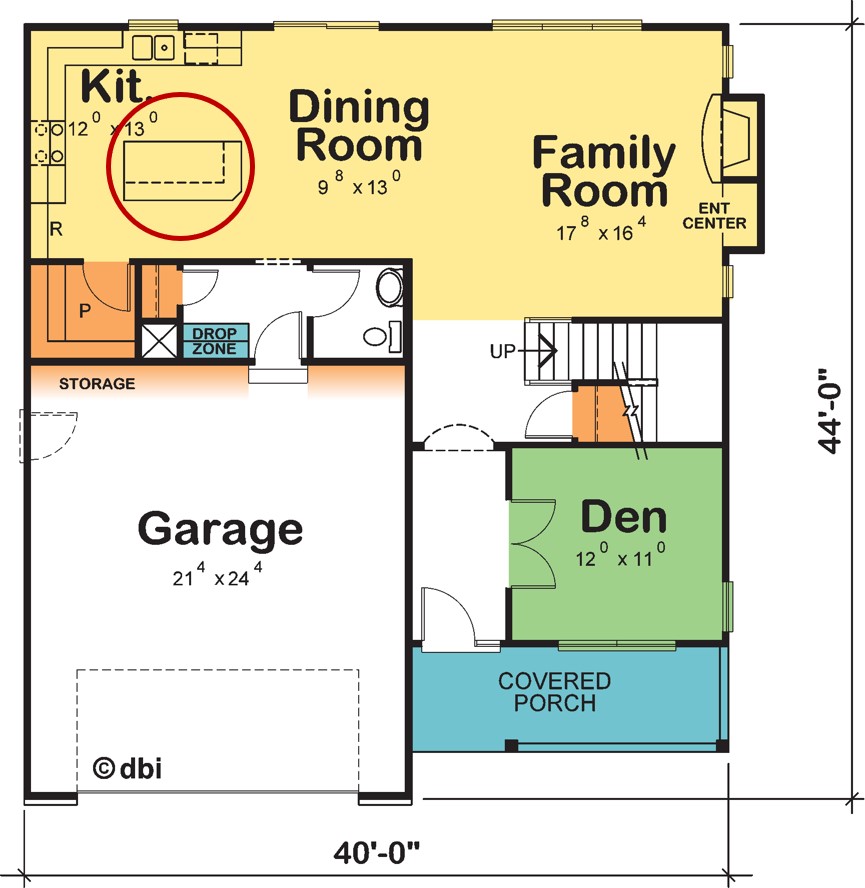
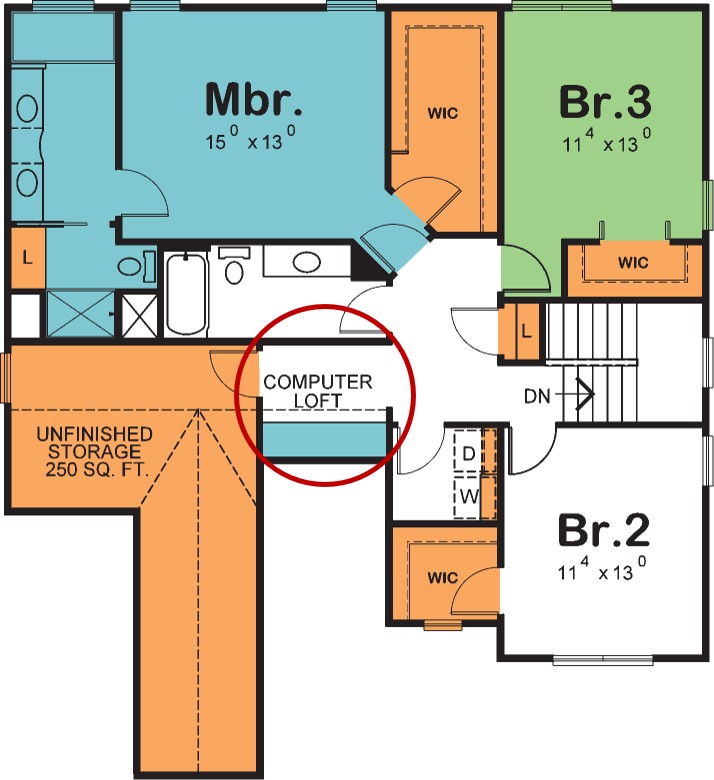
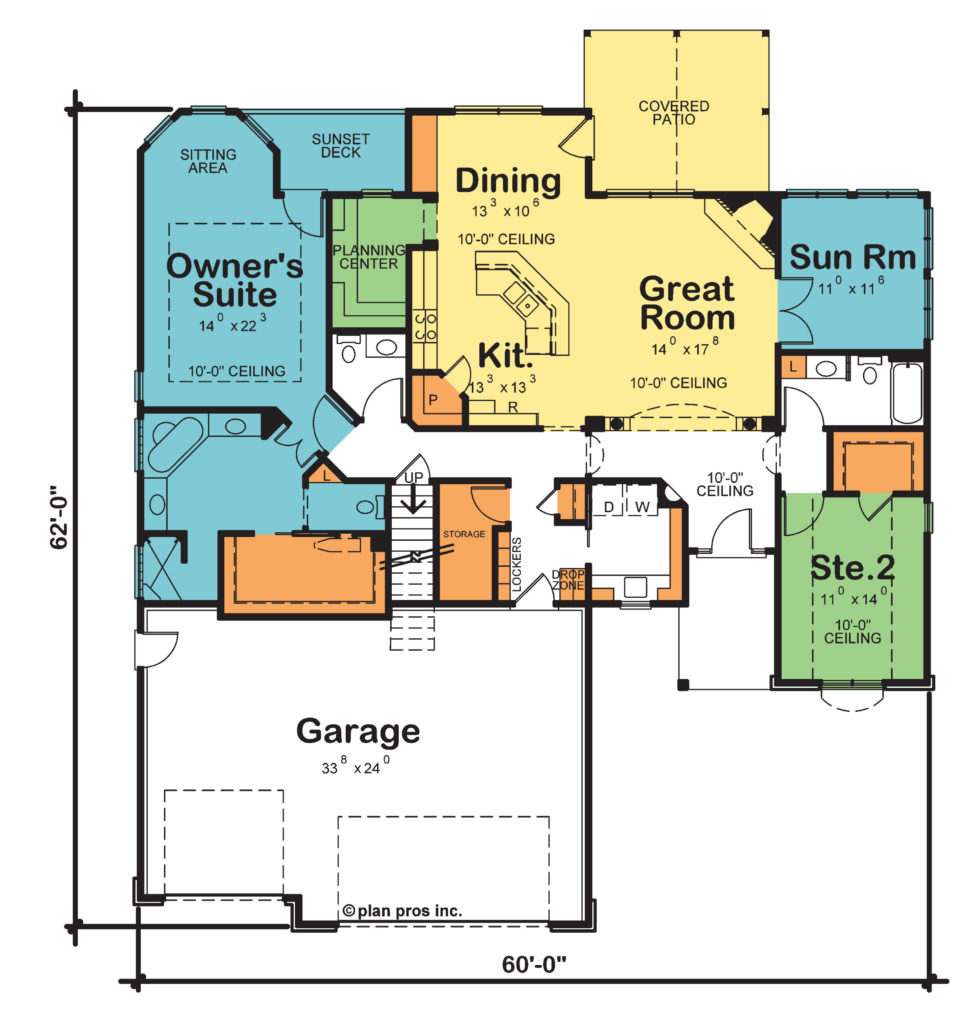
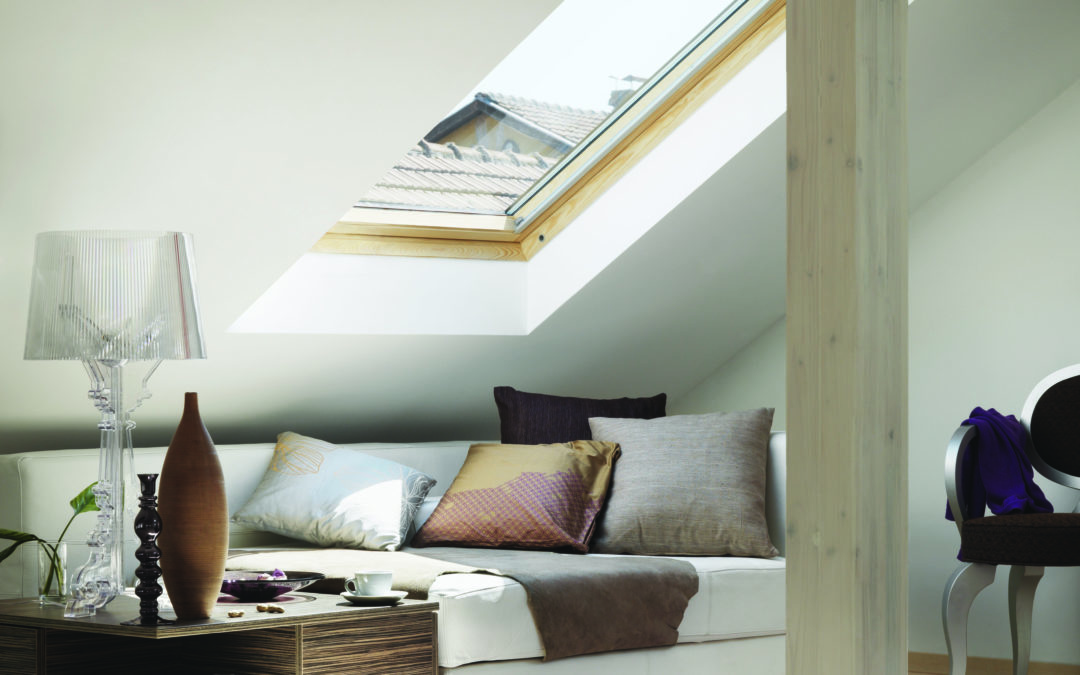
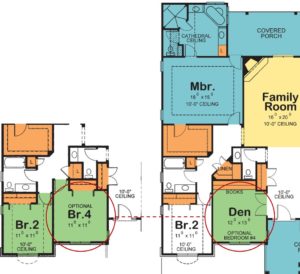
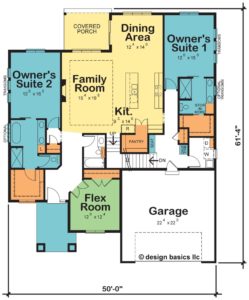
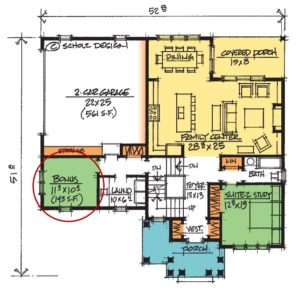
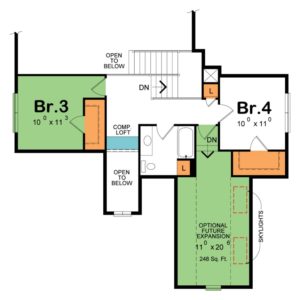
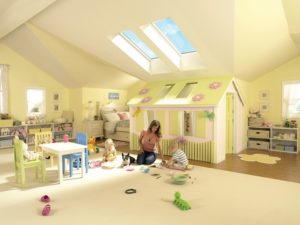
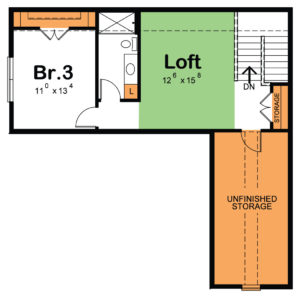
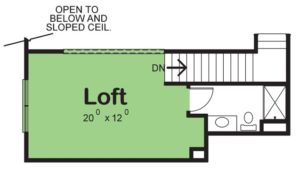

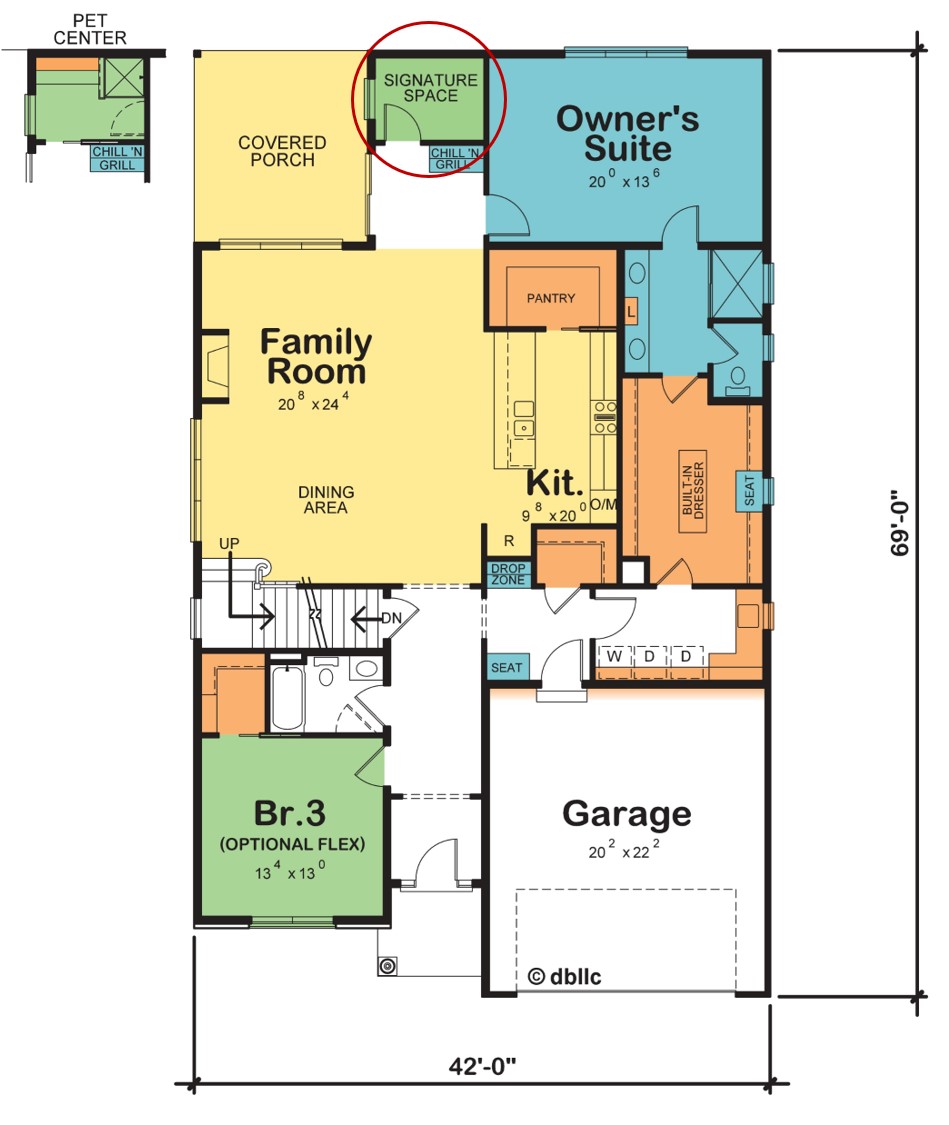
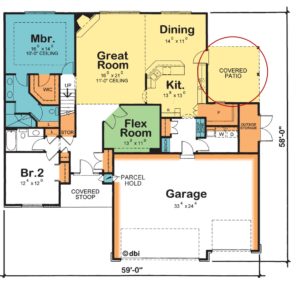
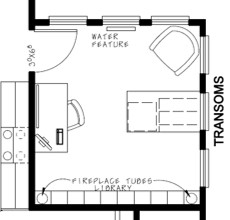
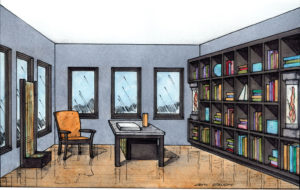
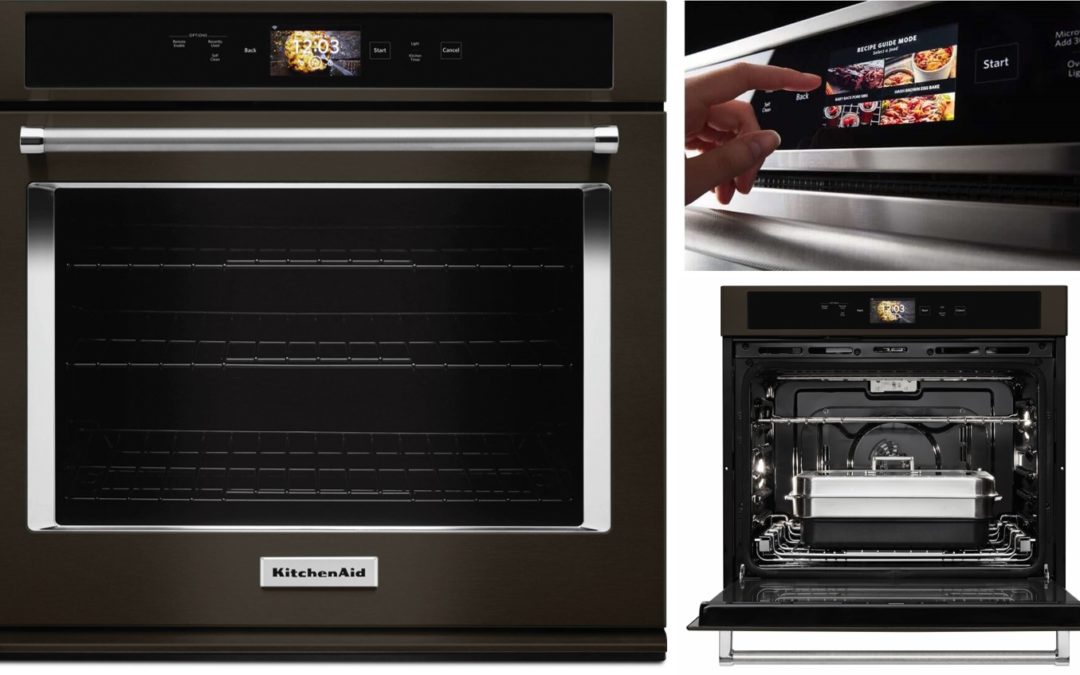
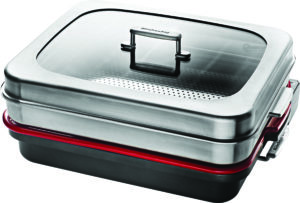

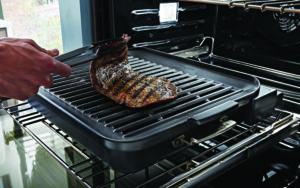
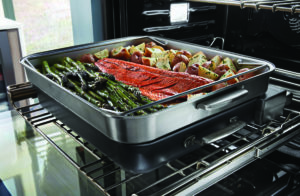
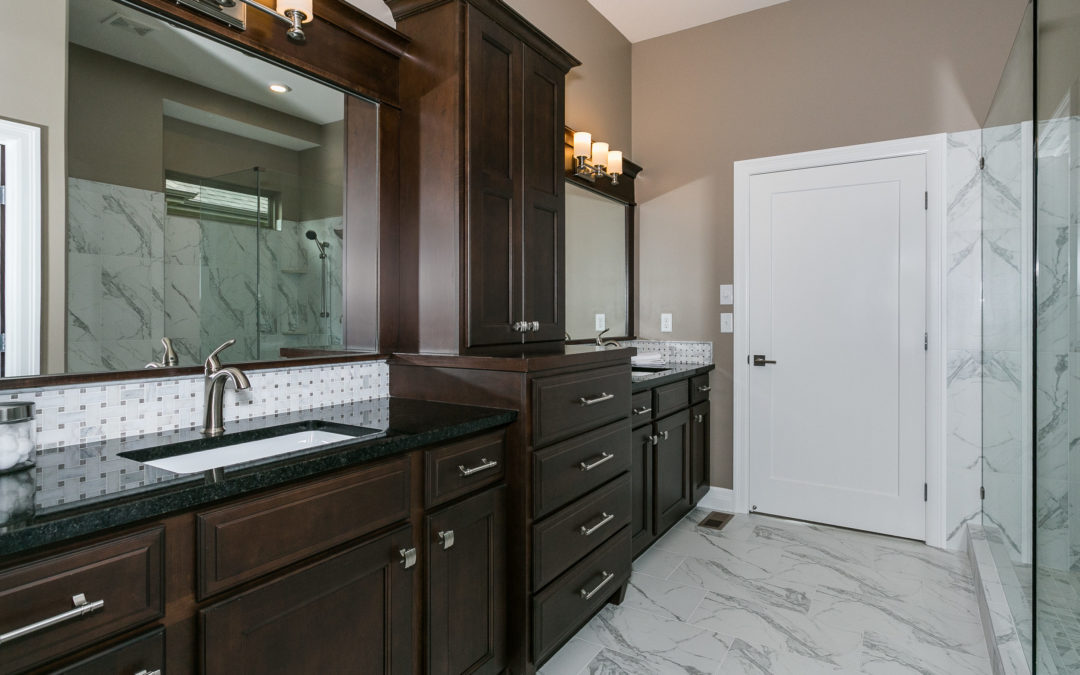
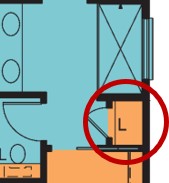
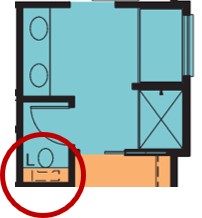
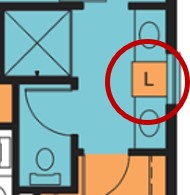
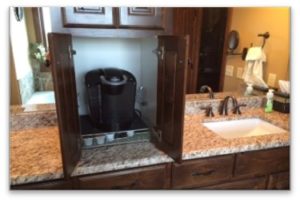
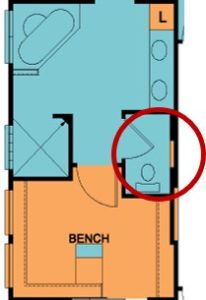
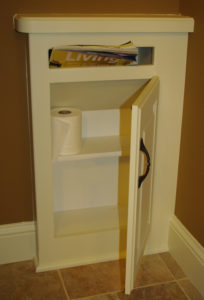
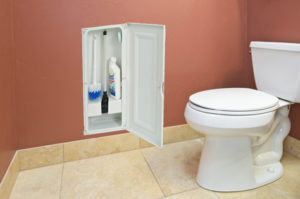
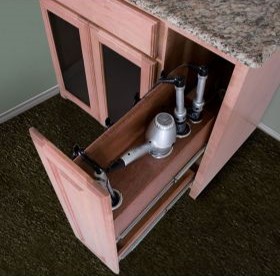
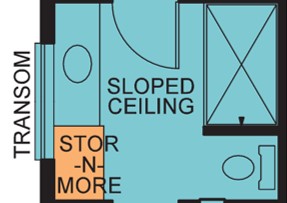
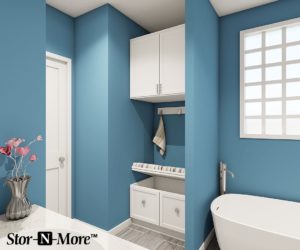

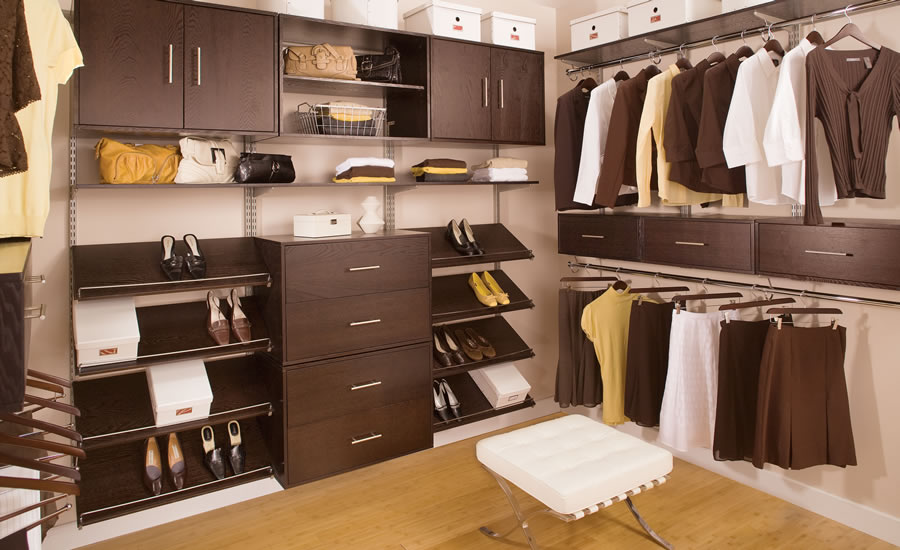
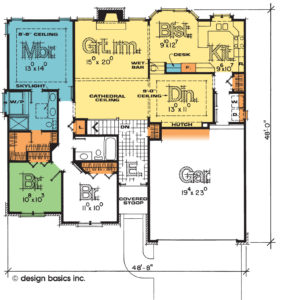
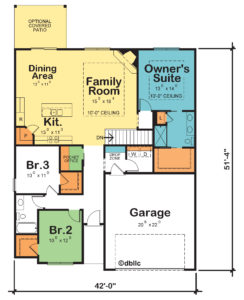
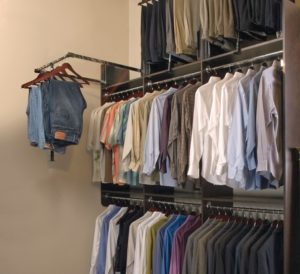
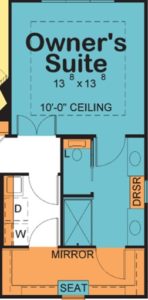

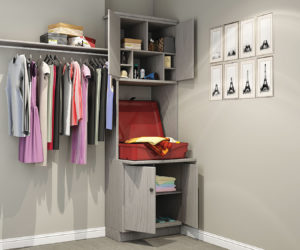
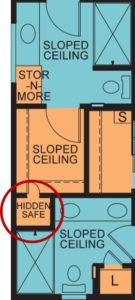
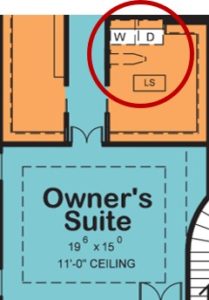
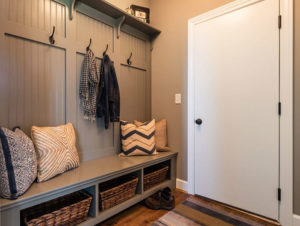 More regionally specific is the desirability of coat closets, as half of Americans live in cooler climates. But even in “must-have” northern areas, coat closets have fallen out of favor vis-à-vis benches topped with coat hooks or a cubbies and lockers solution in the rear foyer coming in from the garage.
More regionally specific is the desirability of coat closets, as half of Americans live in cooler climates. But even in “must-have” northern areas, coat closets have fallen out of favor vis-à-vis benches topped with coat hooks or a cubbies and lockers solution in the rear foyer coming in from the garage.